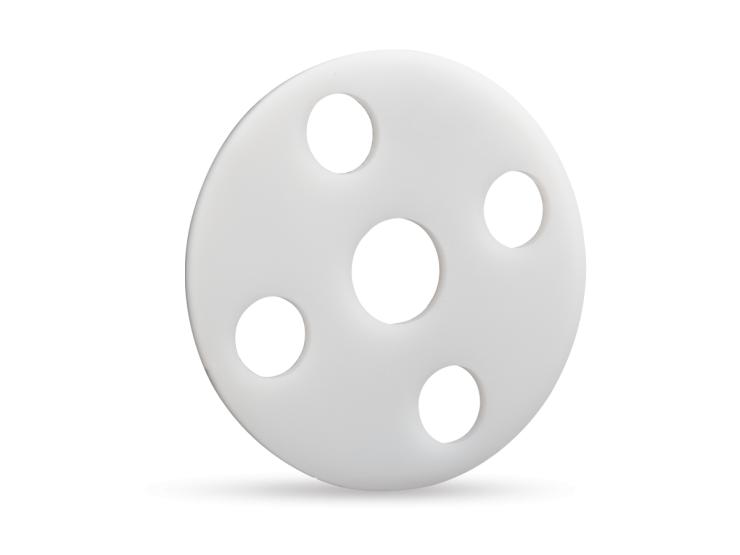While the primary function of a gasket is to create and maintain a tight seal, gaskets can do more than that – they can also dampen and reduce sound and vibration. This function can be particularly valuable, and necessary, in applications where noise and vibration reduction are desired.
Applications where it is often necessary to reduce the transmission of sound and vibration include HVAC systems, industrial machinery and equipment, telecommunication equipment (including cell phones), computers, household appliances, and automotive and mass transit vehicles. Reducing the transmission of sound and vibration has positive impacts on the health and well-being of personnel, while also extending the life and performance of machinery and equipment by protecting internal components from damage.
Gaskets for damping vibration: materials
Vibration damping gaskets are suitable for absorbing the energy of vibration and sound. They can also have use in product protection applications and where protection from impacts and stresses must be reduced. If required, gaskets can be supplied with pressure sensitive adhesive (PSA) backing for applications where they must be fixed in place.
Materials used for manufacturing gaskets vary in their ability to reduce and dampen vibration. Examples of materials that are used to manufacture gaskets for damping vibration include the following:
- Closed cell sponge - This material works particularly well as the gas-filled closed cells attenuate noise and vibration. Closed cell sponge from a variety of single or blended substrates is available, including EPDM, Nitrile, Neoprene, Silicone, and others.
- PVC/Nitrile sponge - This material offers excellent oil and fluid resistance, and possesses non-flammable properties together with high resistance to weathering. Because it is also impermeable to water and air, gaskets made from PVC/Nitrile sponge make an excellent condensation and liquid barrier.
- Silicone rubber - Silicone rubber is a stable material that services applications with a wide range of temperatures. Silicone rubber is a good choice for applications where weathering and chemical resistance are desired. Food-grade formulations are available.
- Silicone foam - Silicone foam is resistant to temperature extremes, and resists weathering from UV and Ozone. It is extremely resistant to mechanical fatigue and flame resistant formulations are available.
- Felt and cork - Felt is a proven material to use in sealing applications and those where cushioning and the damping of sound and vibration is required. Cork is both a useful and popular material for gasket production. As a material, cork is quite flexible and compressive, allowing it seal effectively, while dampening vibrations and noise. When combined with nitrile, neoprene or silicone rubber, it is possible to enjoy the benefits of both materials – the flexibility and compressibility of cork, and the chemical resistance and resilience of rubber.
The original article can be found on CRG's website.
For more information about gasket damping products, contact Gallagher Fluid Seals today.

